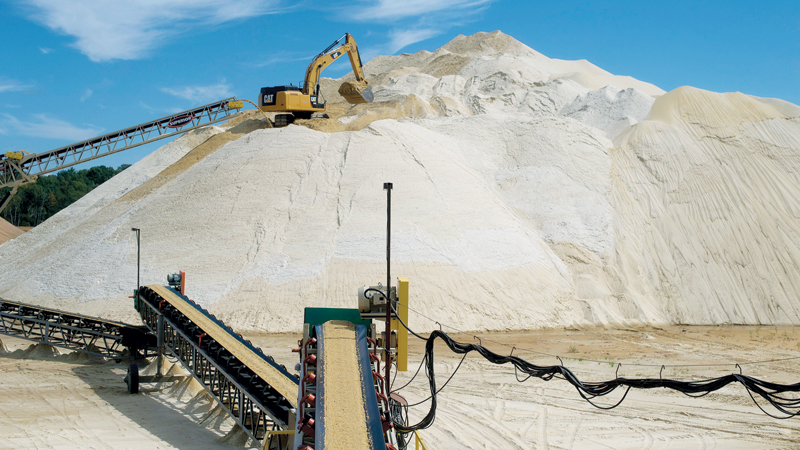

Oman’s mining authorities have identified investment opportunities worth over RO 300 million that are linked to the exploitation and commercialisation of the Sultanate’s prolific industrial mineral resources.
These minerals include gypsum, limestone, gabbro, marble, kaolin, quartz, clay, basalt, potash and dolomite — non-metallic resources that are found in relative abundance in the Sultanate and extensively used in the industrial, construction and urbanisation sectors.
In all, 19 investment opportunities, which will be pursued almost entirely by the private sector, were brainstormed during the six-week-long Mining Lab hosted by the Public Authority for Mining (PAM) in collaboration with the Implementation Support & Follow-up Unit (ISFU) of the Diwan of Royal Court last year. Mineral Development Oman (MDO), a mining investment vehicle supported by Omani wealth and investment funds, is also expected to play a key role in the delivery of some of these projects.
When fully implemented, the investment value in these projects is expected to climb to RO 313 million while their contribution to the Gross Domestic Product (GDP) is projected to jump to RO 183 million in value annually.
Employment opportunities for Omanis alone are expected to number around 1,300, according to a report on the Mining Lab.
Of the 19 industrial mineral projects proposed for implementation, three pertain to the gabbro and aggregate segment of the industry. Used primarily in the building and construction industries, as well in the construction of marine breakwaters, aggregate is mainly sourced from quarries located in wadi beds. The lion’s share of aggregate output is consumed locally, although small volumes are exported to Qatar, Kuwait and the UAE.
The three new projects, entailing a combined investment of RO 28.4 million, will help boost gabbro and aggregation output to 17.4 million tonnes per annum, thereby meeting demand growth in Qatar where demand is projected at 6 million tonnes of Omani aggregate per annum.
Also slated for development are two projects that will harness kaolin and silica quartz resources in the Sultanate. Kaolin, which is found in Al Wusta Governorate, is primarily used in the manufacture of paper as a low cost alternative to pulp wood. It is also used in the manufacture of refractory bricks (ceramic) and plastics. Silica, on the other hand, is used in the production of glass, while purer forms are used in the manufacture of silicon chips.
Production of the two industrial minerals is proposed to be boosted to 10 million tonnes per year with a pair of projects valued at RO 12.1 million in investments, according to the Mining Lab report. New investments are also envisioned in ramping up the production of gypsum and limestone — two of Oman’s biggest mineral-based exports.
The Sultanate is currently the largest exporter of gypsum — a mineral used in cement production and gypsum board manufacturing. Given the high purity of Oman’s gypsum deposits, global demand for the mineral is expected to burgeon in the coming years.
Authorities are banking on new investments to boost exports of limestone, which is used in a number of industries, including cement, sodium carbonate (soda-ash), rock wool as heat insulation material and lime manufacturing. It is also finds application in a wide array of manufacturing processes, notably in the production of paints, ceramics, pastes, plastics, and insulation material.
Included in the list of industrial mineral projects for implementation are as many as nine proposals at the downstream end of the value chain. Targeted for value addition are marble, clay, basalt, dolomite and potash resources. Notable are the potash project of Gulf Potassium LLC, the dolomite project of Kunooz LLC, and a ceramic project of Al Hael. Investments in these proposals total RO 223.5 million, according to mining authorities.
Oman Observer is now on the WhatsApp channel. Click here



